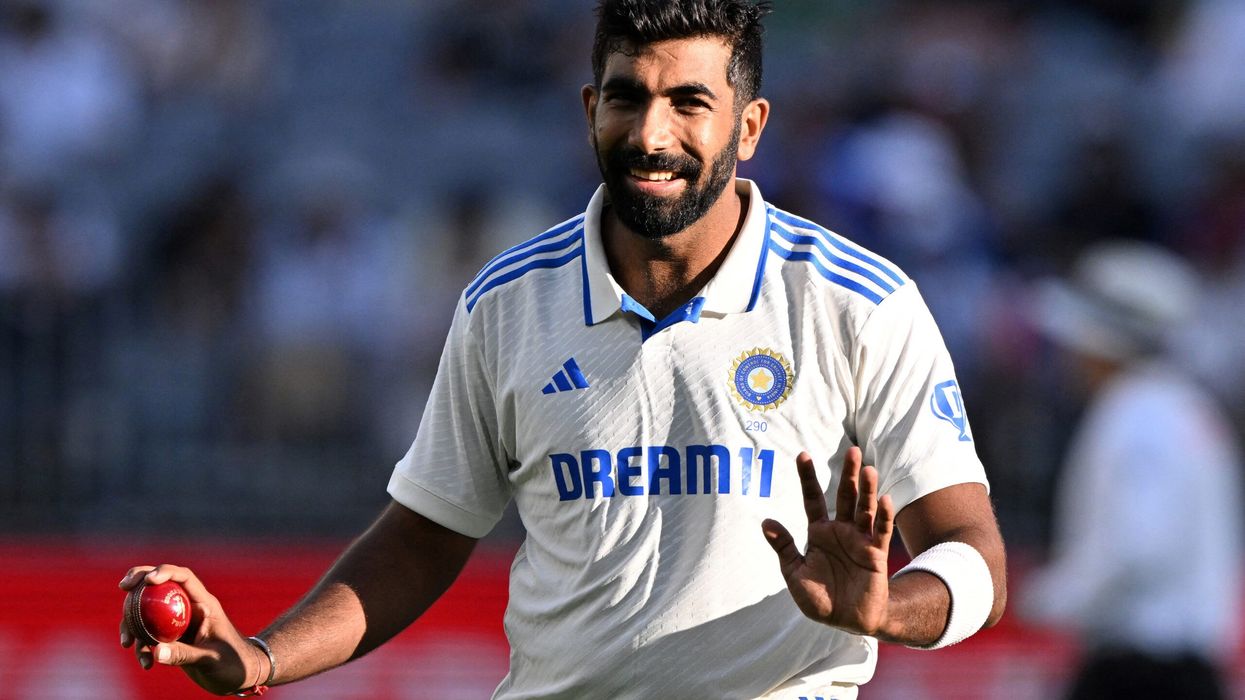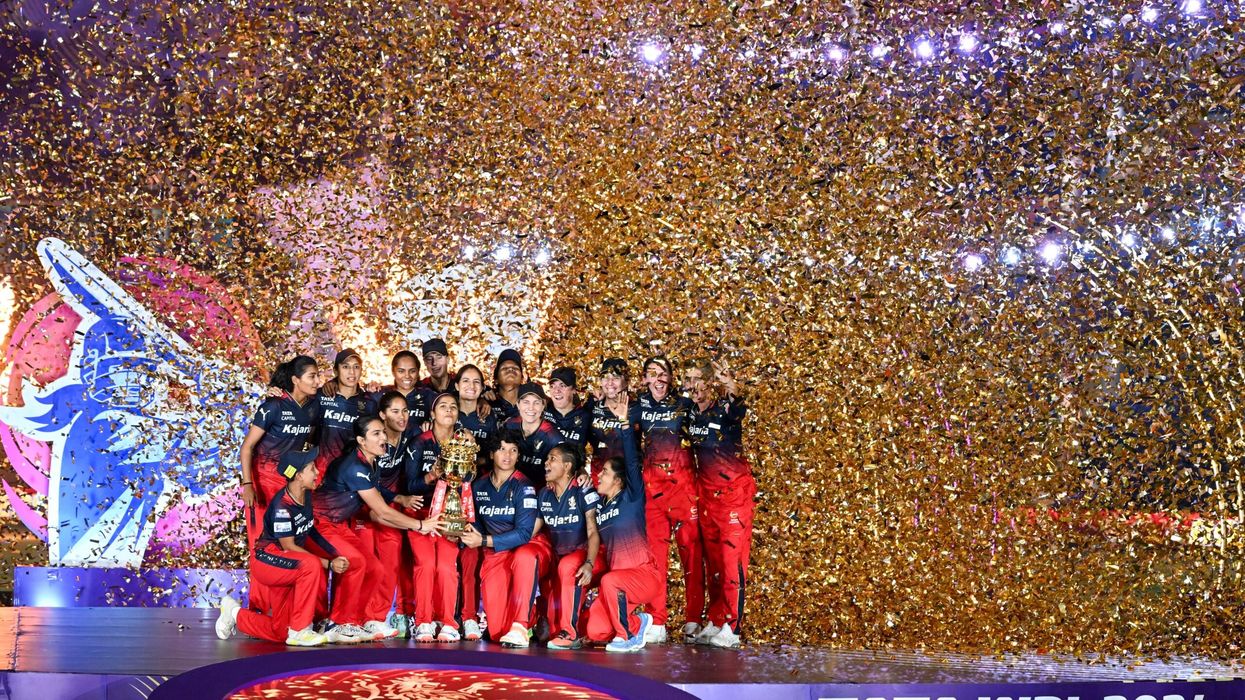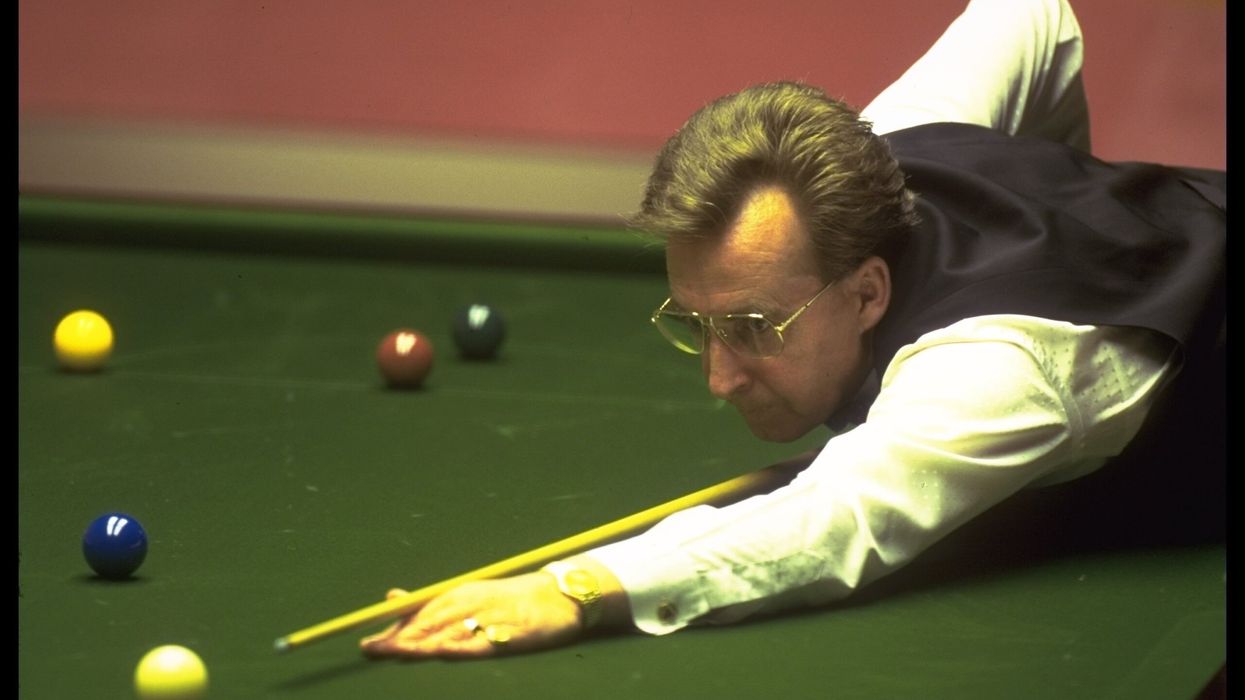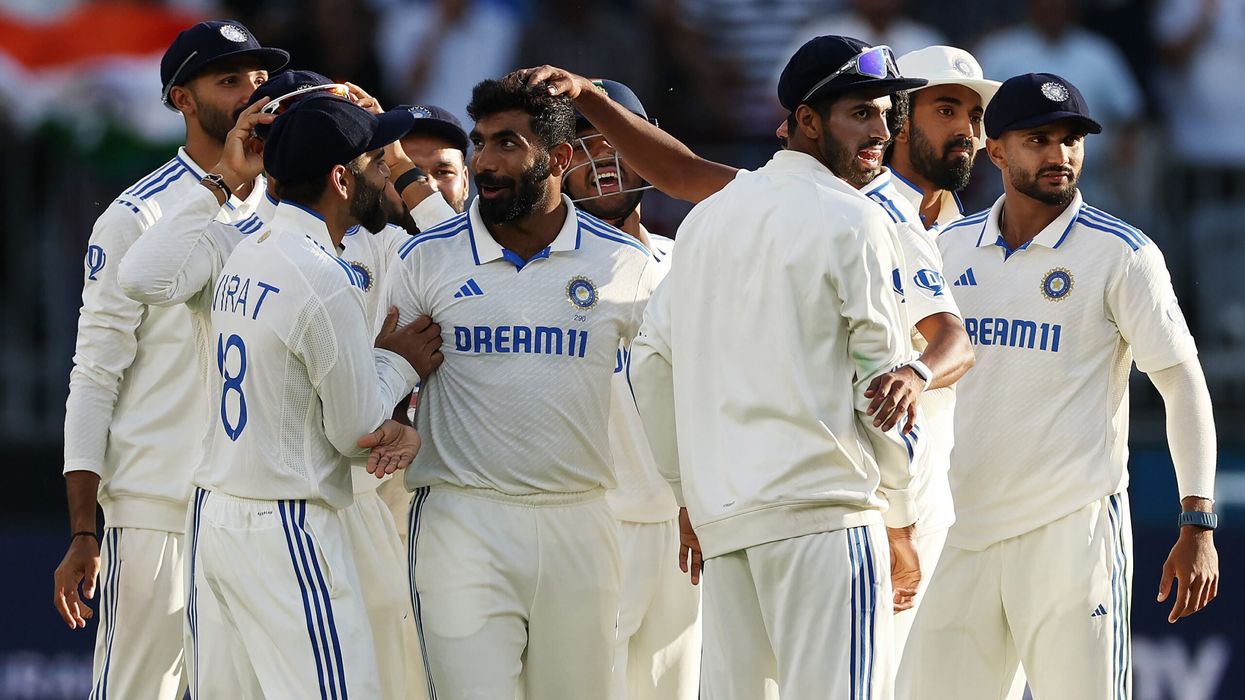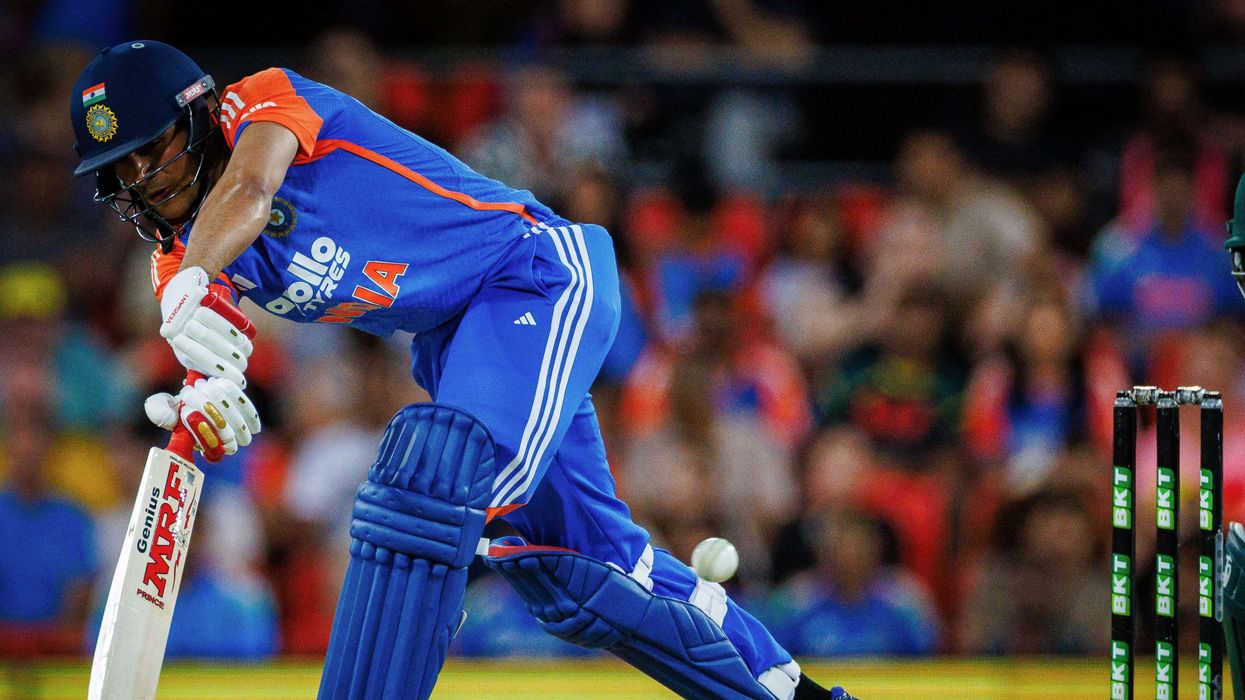Esports and football may seem worlds apart — one played on sleek screens, the other on sprawling grass pitches — but they share fundamental traits that unite players and fans alike. Both arenas demand razor‑sharp strategy, lightning‑fast reactions, and unwavering teamwork. Over the past decade, esports has evolved from niche LAN parties into stadium‑filling spectacles, mirroring football’s century‑old tradition of packed stands and global tournaments.
Storytelling, Community, and Gamification
In each realm, storytelling elevates the action. Spectators donning jerseys or digital avatars follow favorite teams through victories and defeats, celebrating legends and mourning losses together. Online games often integrate live‑viewing features and interactive overlays, much like football broadcasts that highlight player stats and tactics in real time. If you’re ready to plunge into this fusion, dive into the guides and breakdowns on teen patti casino online game, where digital devotees and real-world contenders unite in a vibrant showcase of skill.
Structural Parallels: Teams and Tournaments
When comparing the two, several structural parallels emerge:
- Team dynamics that rely on defined roles — strikers or carries, defenders or tanks — each position critical to overall success
- Competitive seasons structured around regular leagues, playoffs, and international championships, fostering long‑term narratives
- Rigorous tournament formats — from group stages to single‑elimination brackets — that test consistency under pressure
- Coaching staffs dedicated to strategy development, performance review, and mental preparation
These shared frameworks create familiar rhythms for participants and audiences, blurring the line between controller‑in‑hand and ball‑at‑feet.
Emotional Highs, Lows, and Fan Rituals
Beyond organization, the emotional highs and lows bind both communities. Millions tune in to watch a final match — be it a FIFA eFootball showdown or the UEFA Champions League — experiencing collective suspense as underdogs defy the odds or titans assert dominance. This emotional investment fuels fan rituals: organized watch parties in living rooms and LAN cafés, chant‑like emotes in chat rooms, and even cross‑platform celebrations that merge football chants with gaming memes.
Shared Skill Sets
Core competencies also overlap. Successful competitors hone skills that transcend the medium:
- Quick decision‑making under unpredictable circumstances — whether reacting to a sudden counterattack in Counter‑Strike or exploiting a defensive lapse on the pitch
- Precise spatial awareness — mapping teammates’ positions in Rocket League or anticipating runs off the ball
- Endurance and focus — maintaining peak performance through extended matches or 90‑minute halves
- Adaptability — switching tactics mid‑game when plans falter, much like adjusting formation in response to an opponent’s strategy
These abilities underscore the cognitive and physical demands of both pursuits, highlighting that esports athletes and footballers cultivate similar mental architectures.
Training and Support Networks
Training methodologies further illustrate convergence. Football clubs invest in strength and conditioning coaches, video analysts, and nutritionists to maximize player health and performance. Esports organizations now mirror this support network, employing exercise physiologists to counteract sedentary strain, mental coaches to manage stress, and data analysts to dissect gameplay footage. Dedicated boot camps — physical for football, digital for esports — serve as incubators for team synergy and tactical refinement.
Commercial Synergy and Media Rights
Sponsorship and media rights form another bridge. Global brands sponsor football kits and stadium signage; in esports, the same companies back team jerseys and tournament broadcasts. Exclusive streaming deals fuel revenue, with platforms competing for live‑event rights just as television networks vie for Premier League packages. Advertisements appear on perimeter boards or in post‑match overlays, ensuring that commercial interests latch onto audiences at every turn.
Youth Development and Talent Pipelines
Youth development programs also reflect this alignment. Football academies nurture talent from early ages, teaching fundamentals and sportsmanship. Esports academies now offer structured curricula — covering game mechanics, teamwork, and professional conduct — preparing teens for the rigors of pro competition. Scholarships and sponsorships support promising players, acknowledging that dedication and training deserve tangible investment.
Conclusion: A Universal Competitive Spirit
Ultimately, both esports and football embody a shared human desire: to overcome challenges, to connect through shared experiences, and to craft narratives of triumph. Whether a roaring stadium crowd or a global online chat sparks celebrations, participants and fans find common ground in the pursuit of excellence. Though one field is virtual and the other physical, the essence remains the same — a testament to how competition and camaraderie transcend platforms.

